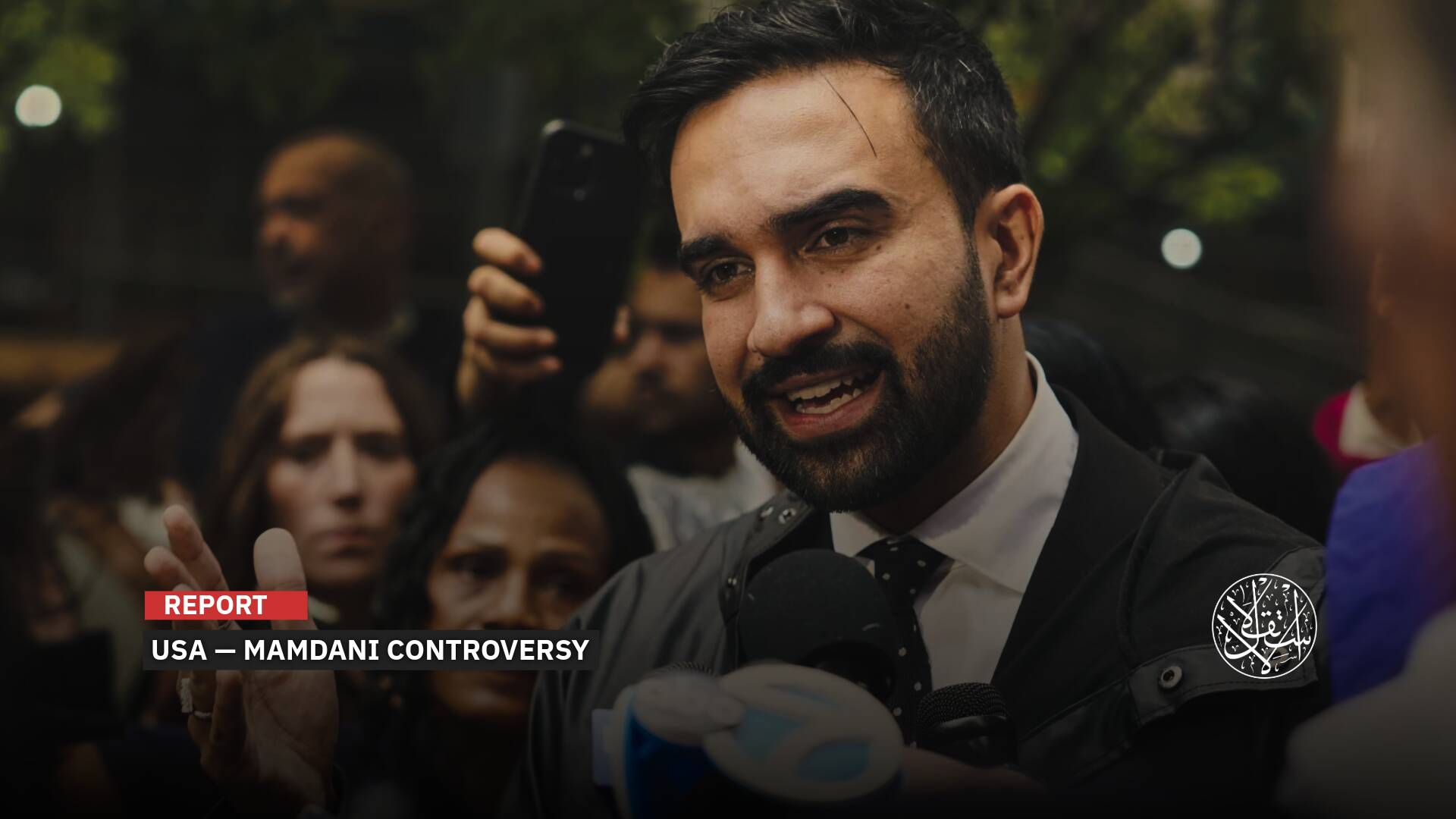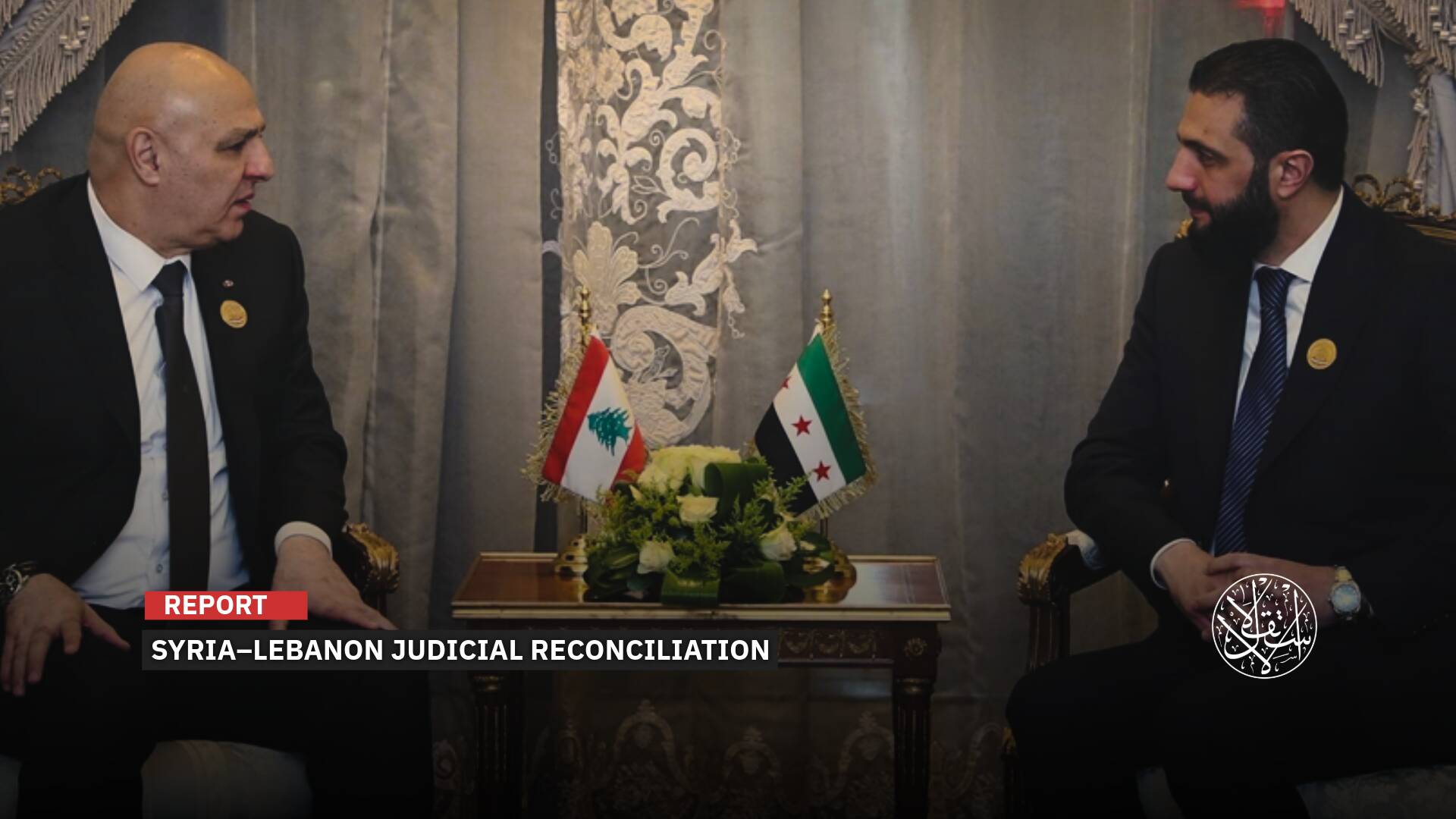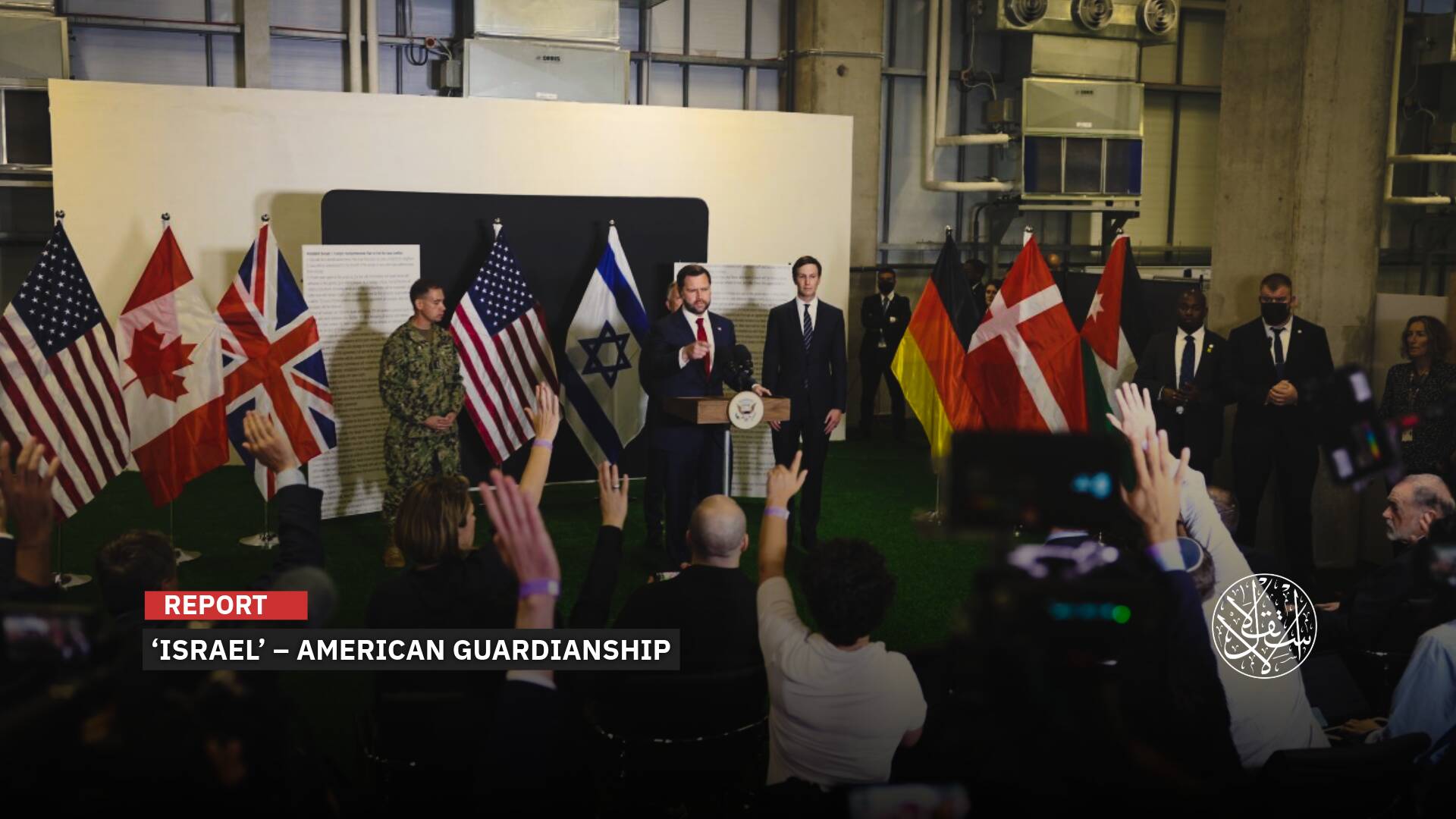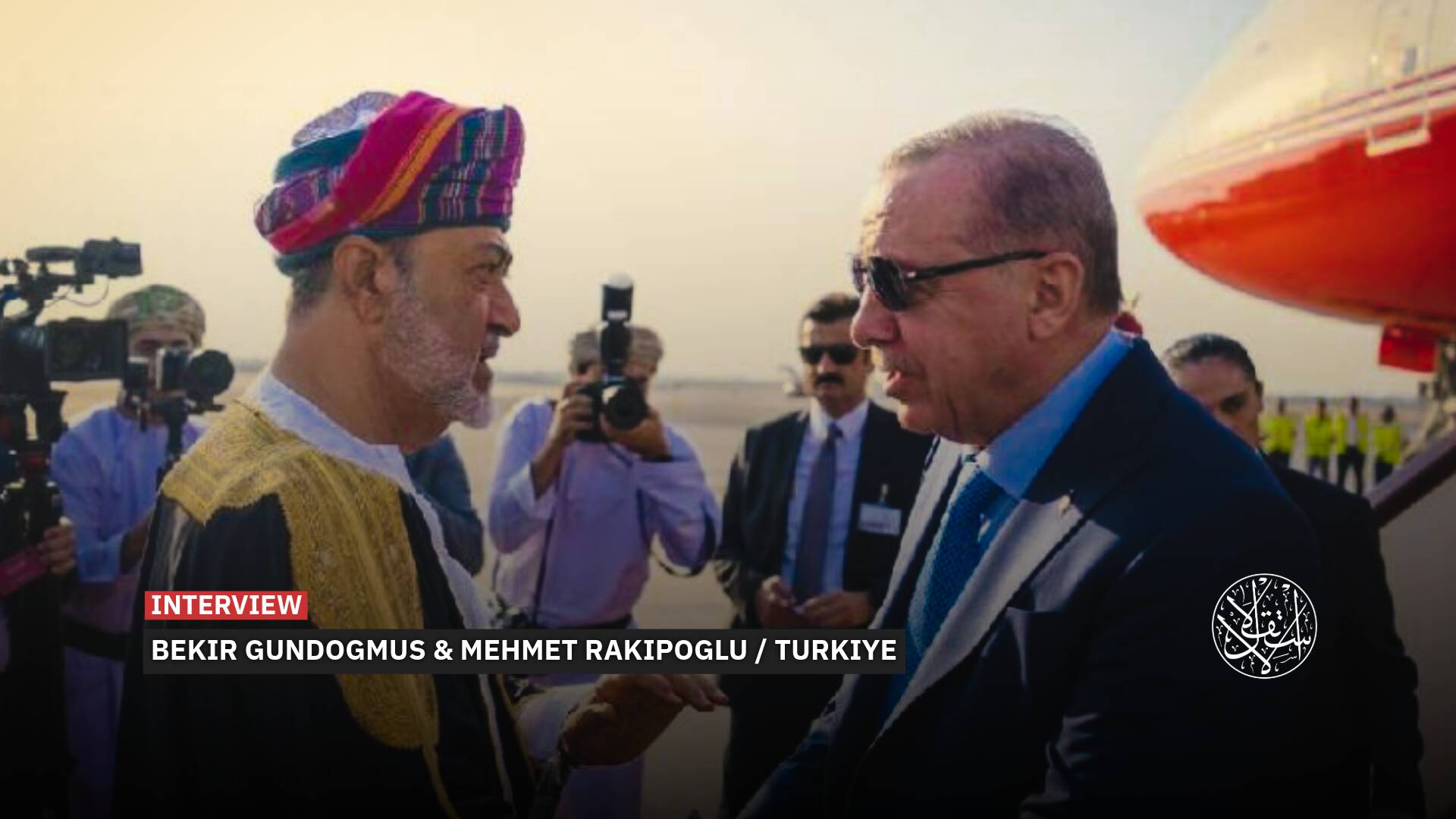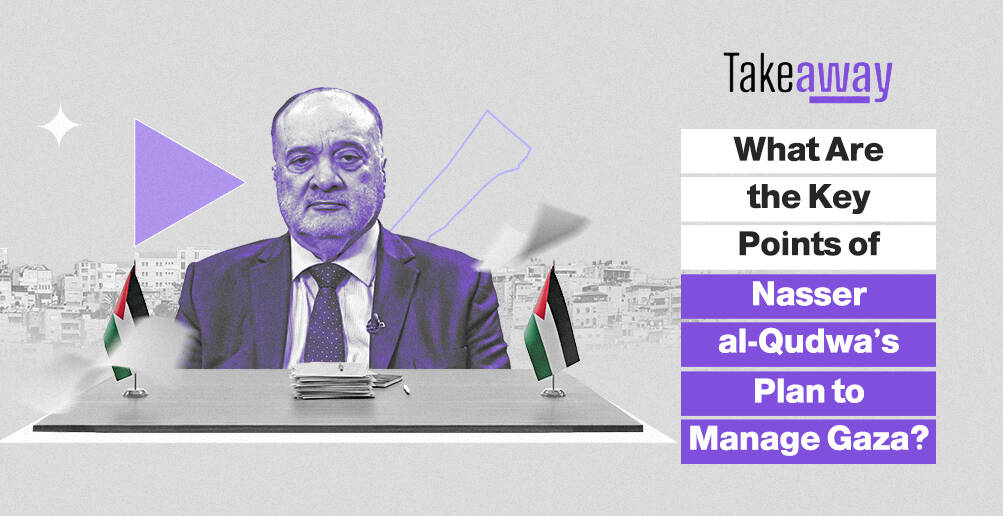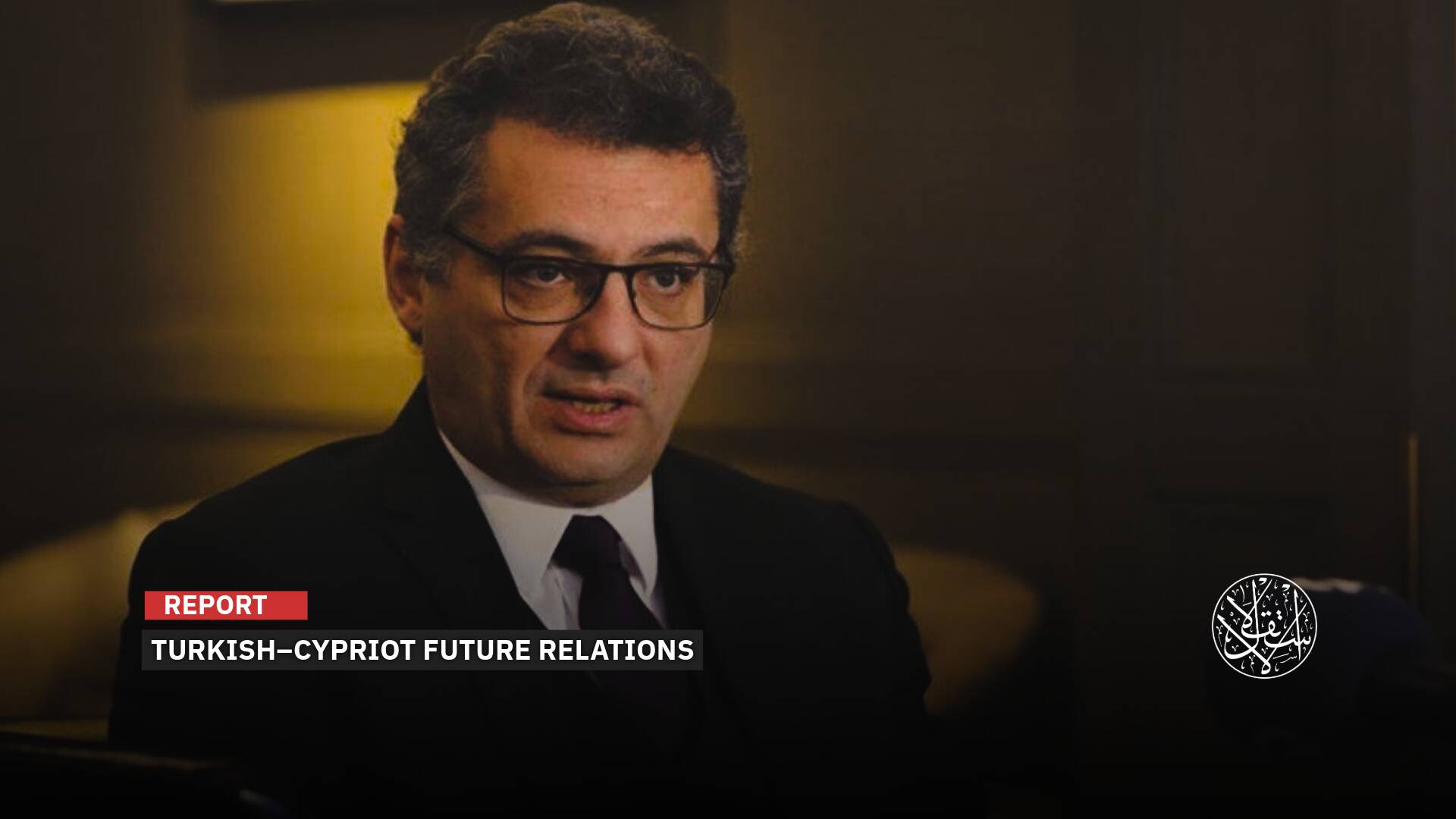Iran’s Strong Response: Did It Derail the U.S. and ‘Israel’s’ Plan to Topple Tehran’s Regime?

Some U.S. policymakers have suggested that Washington support “democratic movements” in Iran.
The declared goal of “Israel’s surprise attack” on Iran was to disrupt its nuclear program and prevent uranium enrichment sufficient to build a nuclear weapon. However, statements from Israeli and American politicians suggested a different aim: toppling the Iranian regime itself.
The strikes targeted key figures in Iran’s military leadership and nuclear scientists, followed by propaganda claiming that Iranian leaders and their families were fleeing the country, that the regime was collapsing, the people would rise up, and the military might stage a coup.
After the first strike on June 13, Washington and Tel Aviv believed the regime was on the verge of collapse. Talks emerged about a “day after” plan for a new system in Iran, similar to the failed plan they have been trying to implement in Gaza for 20 months.
Although there is no official U.S. plan to change the Iranian regime, U.S. President Donald Trump hinted at the end of the “Persian Empire” after “Israel” began its offensive on Tehran.
Israeli Prime Minister Benjamin Netanyahu has also repeatedly called for regime change in Iran by encouraging popular uprising.
Some Western experts and policymakers have discussed supporting what they call “democratic movements inside Iran,” relying on popular anger and economic decline. Voices of Iranian opposition abroad have begun to prepare for this possibility.
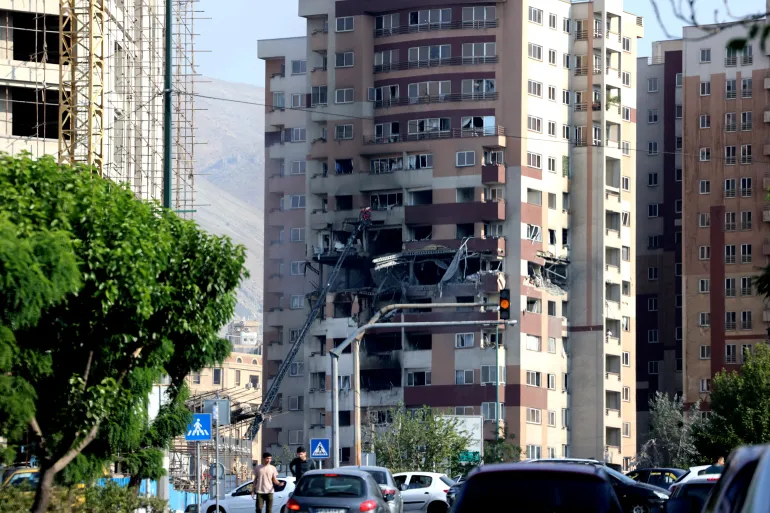
‘Day After’ Plan?
Statements about changing Iran’s Islamic regime emerged on two levels in the U.S. and “Israel”—before and after Iran’s response to the initial Israeli strike.
Before Iran’s response, which caught Washington and Tel Aviv off guard, rhetoric focused not only on weakening Iran’s regional influence and stopping its nuclear ambitions but also on directly overthrowing the current regime.
Both Trump and Netanyahu openly spoke of a new regime in Tehran. Iranian opposition groups, such as the Mojahedin-e Khalq, became more active, and former Iranian crown prince Reza Pahlavi called on the Iranian military to overthrow the rule of the Supreme Leader.
Shortly after Israeli jets began bombing Iran’s nuclear sites and air defenses, Netanyahu addressed the Iranian people in a video message, implicitly urging them to revolt.
“Israel’s fight is not against the Iranian people. Our fight is against the murderous Islamic regime that oppresses and impoverishes you,” Netanyahu said.
“The time has come for the Iranian people to unite around its flag and its historic legacy, by standing up for your freedom from the evil and oppressive regime,” he added. “This is your opportunity to stand up and let your voices be heard.”
After Iran’s resilient response defied expectations of collapse, Israeli Channel 13 quoted a security official on June 14, 2025, saying: “The operation’s objectives do not include targeting the regime,” raising questions whether this was a retreat from the ‘day after’ plan or a strategic maneuver.
“We must focus solely on achieving our defined war objectives—damaging the nuclear weapons program and ground-to-ground missiles—which do not currently include targeting the regime,” the official added.
“It was clear this will end with an agreement, and we will be part of its formulation. Supreme Leader Ali Khamenei will not surrender, and the end mechanism will come only with a clear American request for Iran to cease fighting.”
Tracking U.S. positions and plans, there seems to be no official policy to change Iran’s regime—perhaps more ambition than actual plan.
Thus, the U.S. government officially stated it does not seek regime change in Tehran. Still, some voices within the administration and its allies expressed a desire to see a “more democratic and less threatening” Iran.
Some U.S. policymakers and experts proposed supporting “democratic movements” inside Iran—providing aid to civil society groups, human rights organizations, and NGOs working for change—but this approach appears to be a peaceful way to promote democracy without direct military intervention.
Meanwhile, members of Congress, notably Senators Ted Cruz and Lindsey Graham, openly urged Trump to intervene militarily to change the regime.
Cruz told Fox News it is in the United States’ interest to change the regime and get rid of the Ayatollah.
‘Regime Change’
Military analyst Ron Ben-Yishai of Yedioth Ahronoth wrote on June 13, 2025, that what is unfolding is an Israeli-American war to end the Iranian regime—not a preemptive strike, deterrence, or threat.
He noted that while the Israeli army announced the war’s goal as removing the Iranian nuclear threat, Netanyahu’s aim goes further: He doesn’t just want to bomb nuclear sites but to target the Iranian regime to the point of toppling it.
In “Israel,” they say only if the regime falls will Tel Aviv be free of the Iranian nuclear threat.
Before Iran’s strong response, The Washington Post columnist David Ignatius asked on June 14, 2025, whether Israel has a “day after plan” for Iran, turning it into another Gaza without air defense.
On the same day, the British Independent saw “Israel’s campaign to cripple Iran’s nuclear program and decapitate its military with bombardments across the west of the country” as “part of a comprehensive plan to remove the existential threat Iran posed to the Jewish state. The ‘second-order effect’ may be no less important – regime change.”
“Israel’s declared goal is to destroy Iran’s nuclear weapons, but the real goal is regime change in Tehran.”
The paper added that this goal perfectly suits the West, which wants to see change in the Iranian regime, no matter how much they call for restraint.
The Independent suggested that the apparent avoidance of assassinating politicians is deliberate, as Netanyahu repeatedly urges the Iranian people to revolt against the Islamic regime that has ruled since 1979.
On June 13, U.S. officials told CNN that regime change in Iran has always been a broad goal within the Israeli government, according to recent U.S. intelligence assessments.
One informed source said that some U.S. officials believe “Israel” saw the attack as a potential opportunity to achieve that.
However, another official said it remains unclear whether the Trump administration will support “Israel’s” push for regime change.
Prakash Nanda, editor-in-chief of EurAsian Times, said on June 15, 2025, that Netanyahu is using the current war to move beyond the “Begin Doctrine,” which aimed to prevent any state from threatening “Israel” with nuclear weapons, to now seek to topple the regime in Tehran.
The “Begin Doctrine” dates back to 1981, when then-Prime Minister Menachem Begin ordered strikes on any potential Arab or Islamic nuclear projects, starting with the bombing of Iraq’s Osirak reactor on June 7 that year, and later the Syrian reactor in 2007.
The doctrine was “Israel’s standard policy” for preemptive strikes on nuclear and WMD sites in any country it considers a survival threat.
Nanda believes the recent Israeli preemptive strikes signal Netanyahu is going beyond the Begin Doctrine in Iran, aiming for regime change after 46 years of Islamic rule since the 1979 revolution.
Throughout 2024, Netanyahu encouraged the Iranian people on four separate occasions to overthrow their regime.

Military Force
Despite the declared or apparent intentions of “Israel” and the U.S., as reflected in targeted bombing plans, the Israeli army has denied that regime change is its goal.
However, after Iran demonstrated its missile capabilities, reports suggested that Washington and Tel Aviv might pursue regime change through military force.
This approach involves bombing civilians and forcibly displacing Iranians—similar to “Israel’s tactics” in Gaza—to pressure the regime and spark popular anger and revolution against the government.
An Israeli security official discussed this plan with Channel 14 News on June 15, 2025.
It includes a significant escalation, with “Israel” now actively working to destabilize the Iranian regime through an offensive plan approved by Netanyahu and War Minister Yisrael Katz.
As part of the operation, targets in Tehran will be attacked alongside mass evacuations of civilians to increase pressure on the regime, in retaliation for attacks on “Israel’s home front.”
The plan aims to trigger a large-scale civilian exodus from Tehran, creating powerful leverage to undermine the regime’s stability.
Within this framework, the Israeli army issued its first statement in Arabic and Persian, urging Iranian civilians to evacuate areas near weapons sites in Tehran.
The Israeli security official told Channel 14 News: “The plan will intensify day by day and produce results.”
Tel Aviv counts on exploiting internal unrest in Iran caused by economic problems and repression of dissent.
A 2022 poll by the opposition group GAMAAN (“Group for Analyzing and Measuring Attitudes in Iran”) showed nearly 90% of Iranians do not support the Islamic Republic as a system of government.
After Trump’s second election win, Reza Pahlavi, son of the former Shah of Iran and currently residing in the U.S., gave an interview to Newsweek outlining a vision of a democratic Tehran based on “thriving relations with the West and peace with Israel.”
Before the current “Israel”-Iran conflict, the U.S. site Responsible Statecraft criticized Washington’s plans to destabilize the Iranian regime on June 4, 2025.
It revealed that their theory of change is that impoverishing the Iranian people will eventually topple the Supreme Leader, but denied this would lead to a popular revolution.
James Sibbing, a researcher at the Stimson Center’s Defense Strategy and Planning Program and editor of Military Coercion and U.S. Foreign Policy, predicted Washington would fail to gain from regime changes elsewhere.
He argued that U.S. policy promoting regime change in Iran is “a bad idea.”
He noted frustration among hawks in research centers who no longer see regime change as a viable goal.
He listed the record of American failures through military overthrows of at least four governments in the Middle East and North Africa over the past 20 years.
Although these actions were meant to advance strategic objectives, the resulting instability in Afghanistan, Iraq, Libya, and Syria is obvious.
Regime change has not achieved America’s goal of regional stability.
In Iraq, Libya, and Guatemala, the U.S. succeeded in regime change, but each country descended into instability, civil war broke out, and American interests suffered.
Sources
- "Regime change": Cruz, Graham call for US involvement in Iran-Israel conflict
- Israel’s stated aim is the destruction of Iran’s nuclear weapons – but the real goal is regime change in Tehran
- Netanyahu says regime change in Iran could be result of Israel's attacks
- Israel seized an opening to strike. The hard part may be closing it.
- Iran-Israel War: Is Regime Change In Tehran, Ouster Of Khamenei On Cards As Netanyahu Goes Beyond “Begin Doctrine”?
- Israel goes after Iran's nukes and regime; brace for days of fire
- Trump knew about Israel attacks, already threatening 'next' ones
- Is Israel seeking regime change in Iran? Sources reveal to CNN the latest U.S. intelligence assessment [Arabic]



